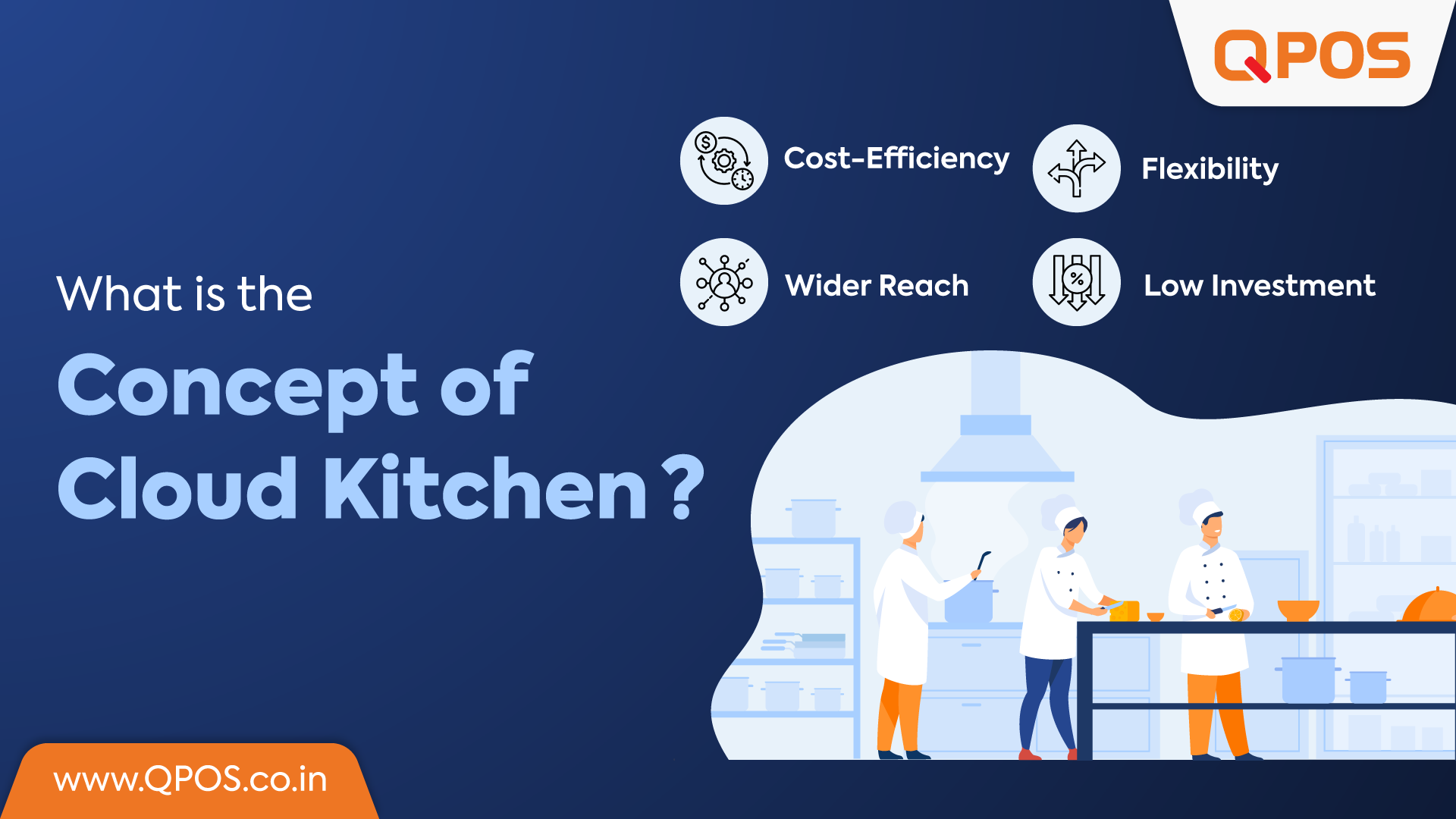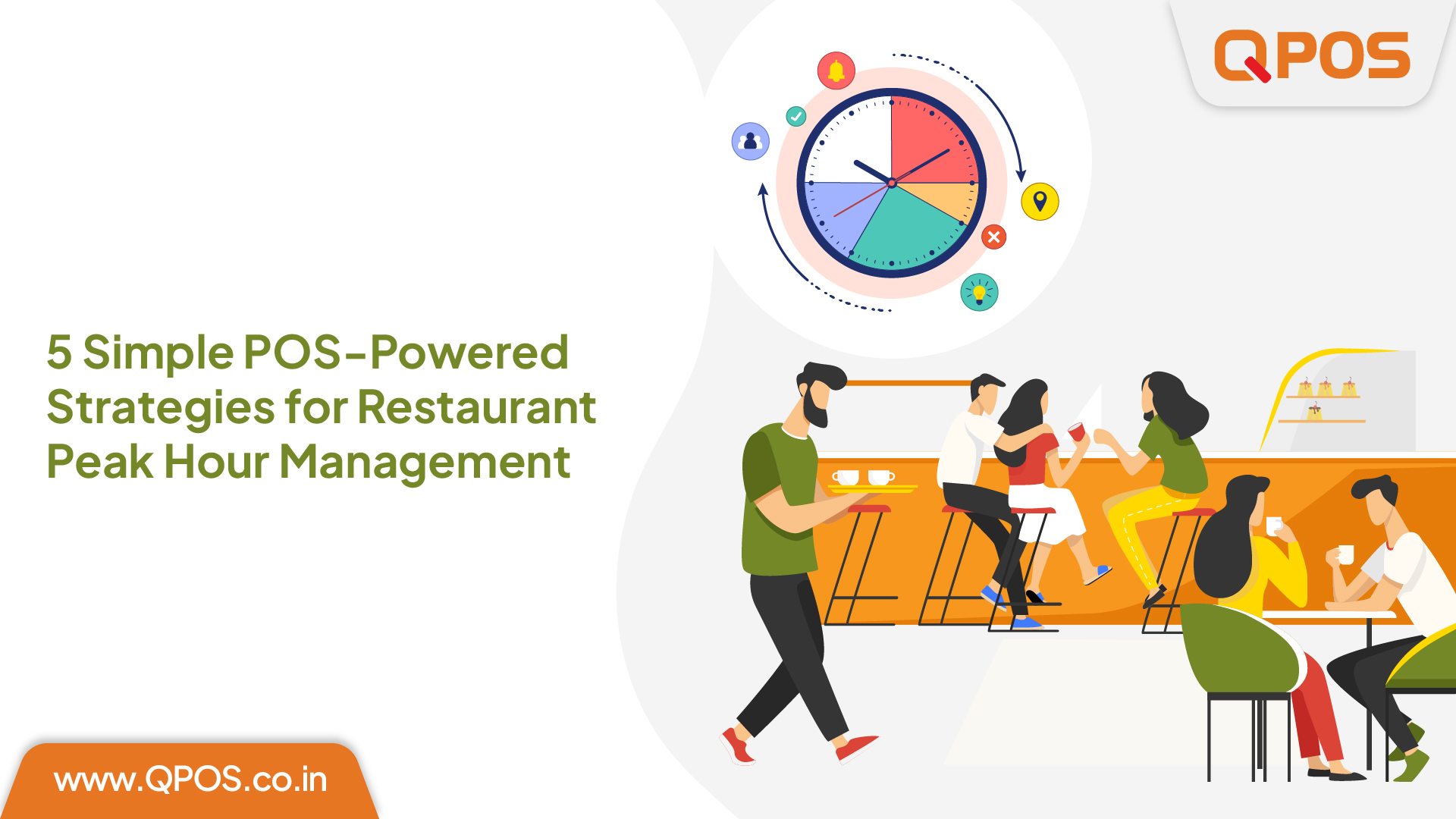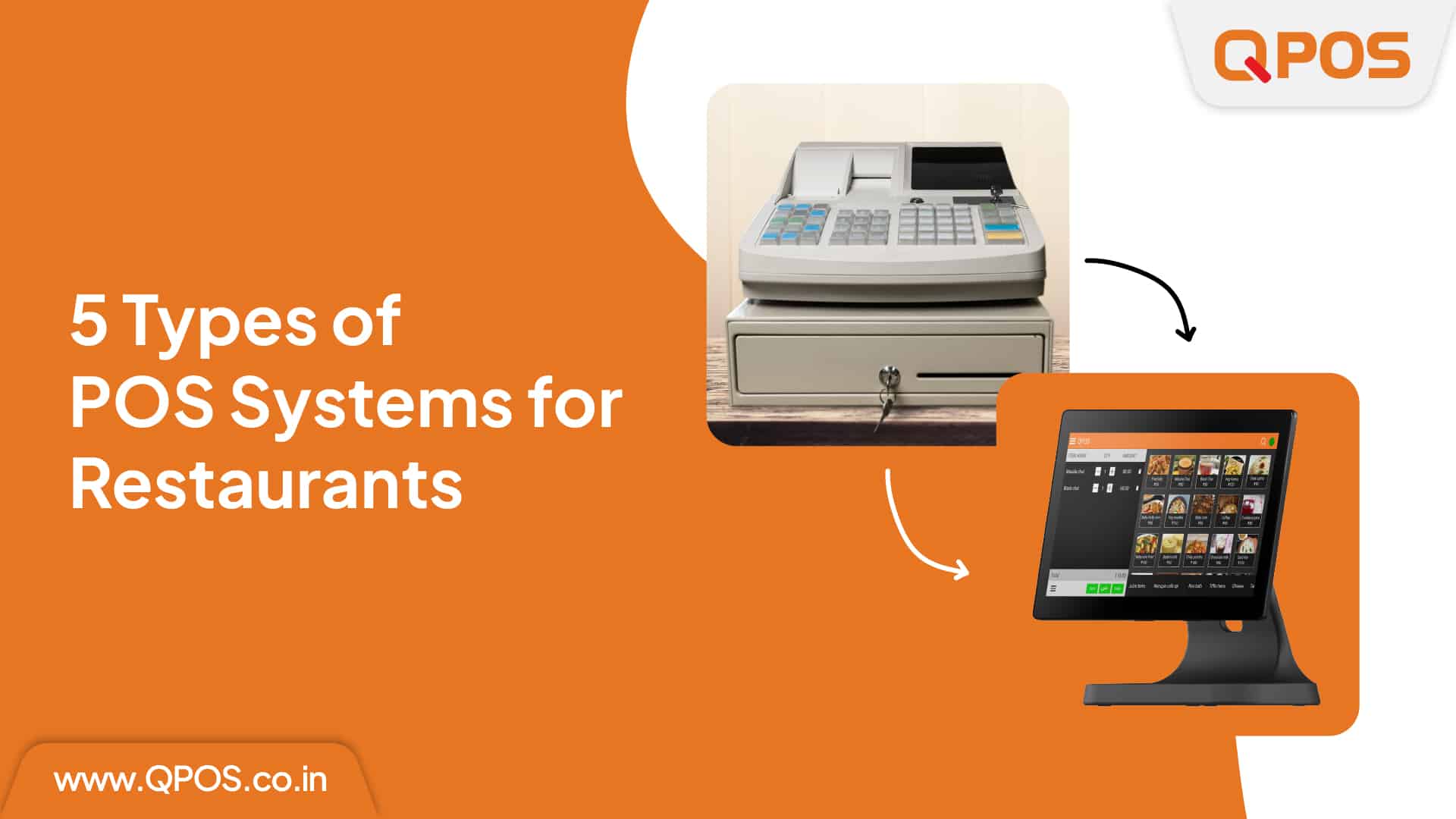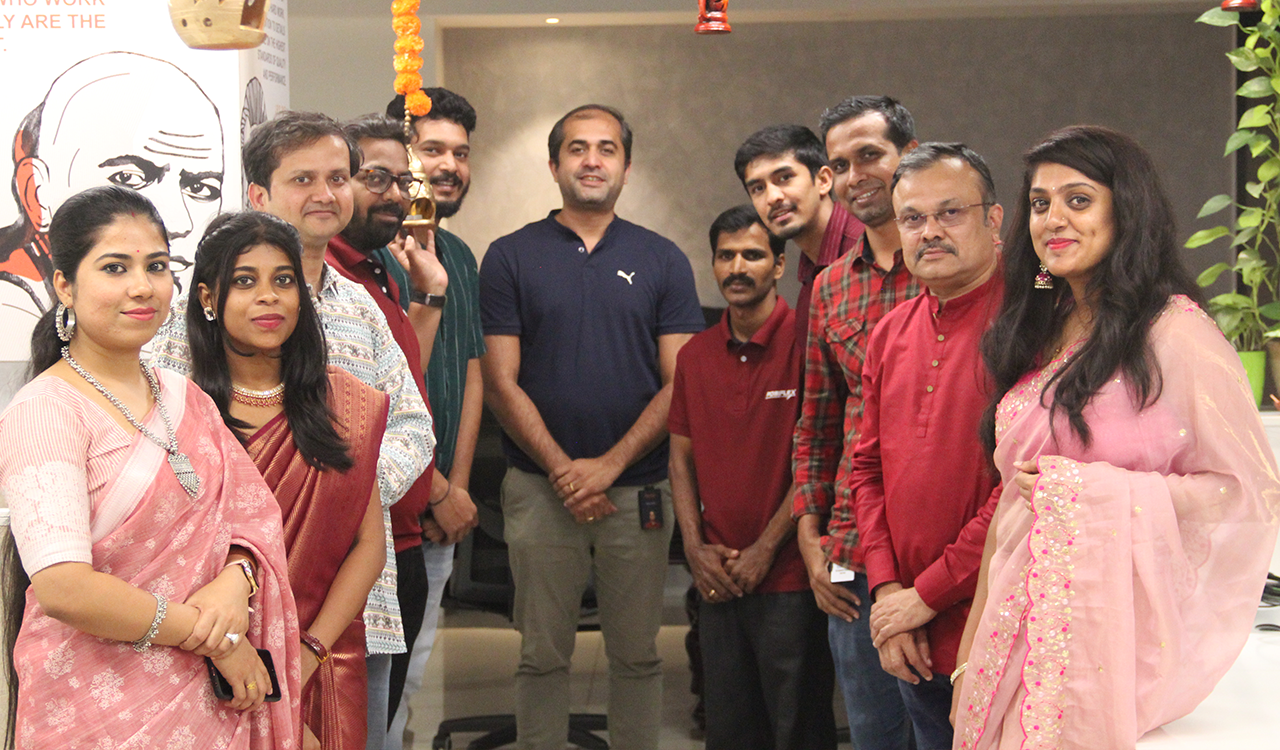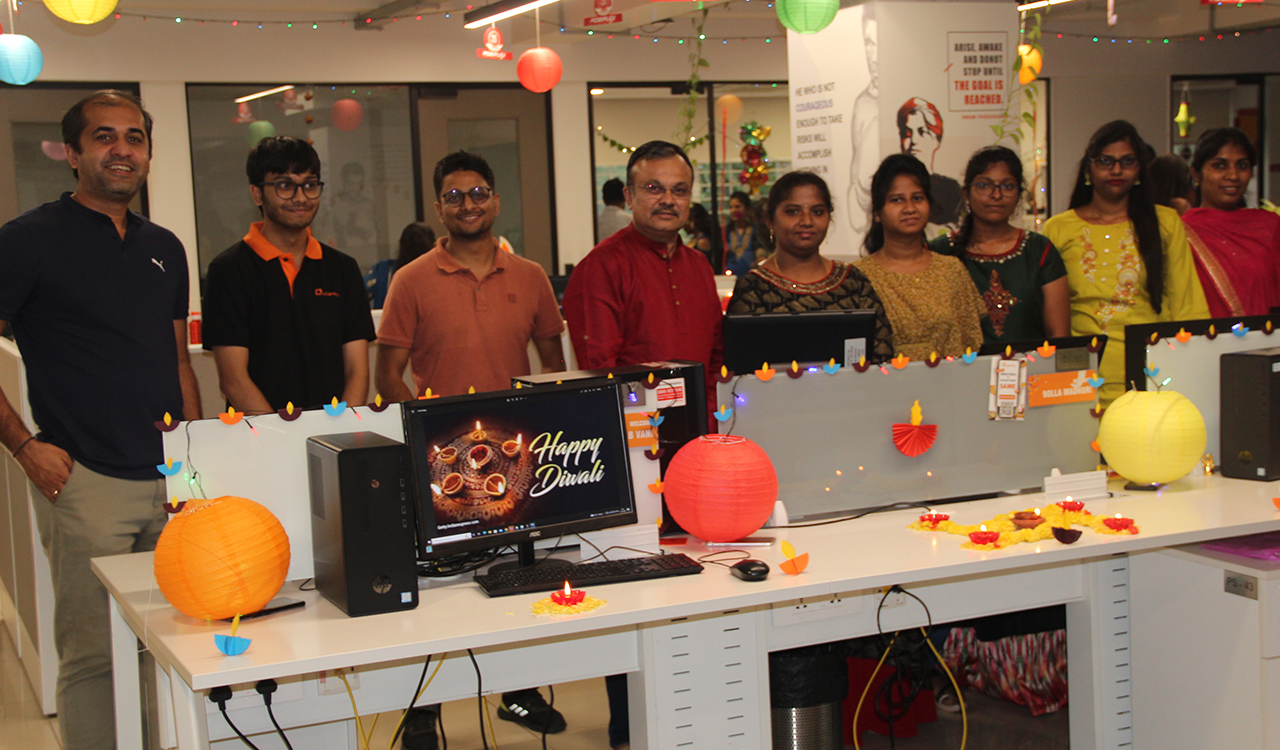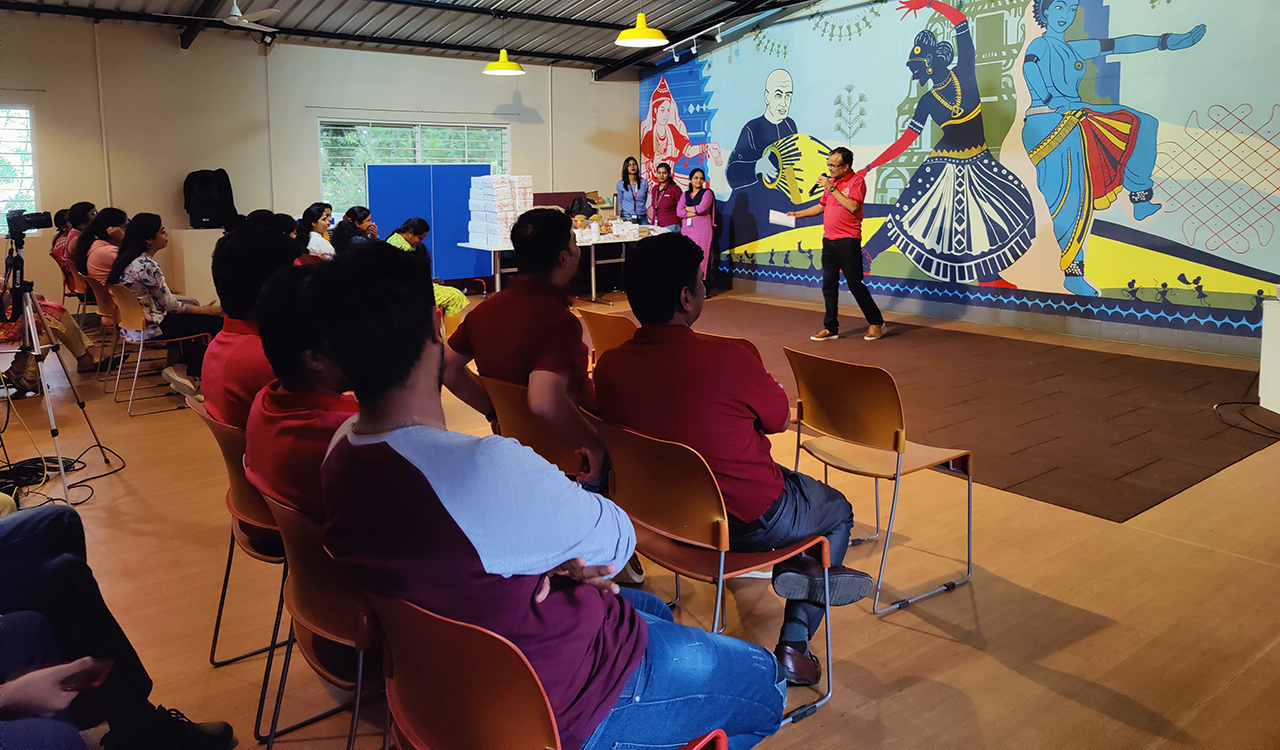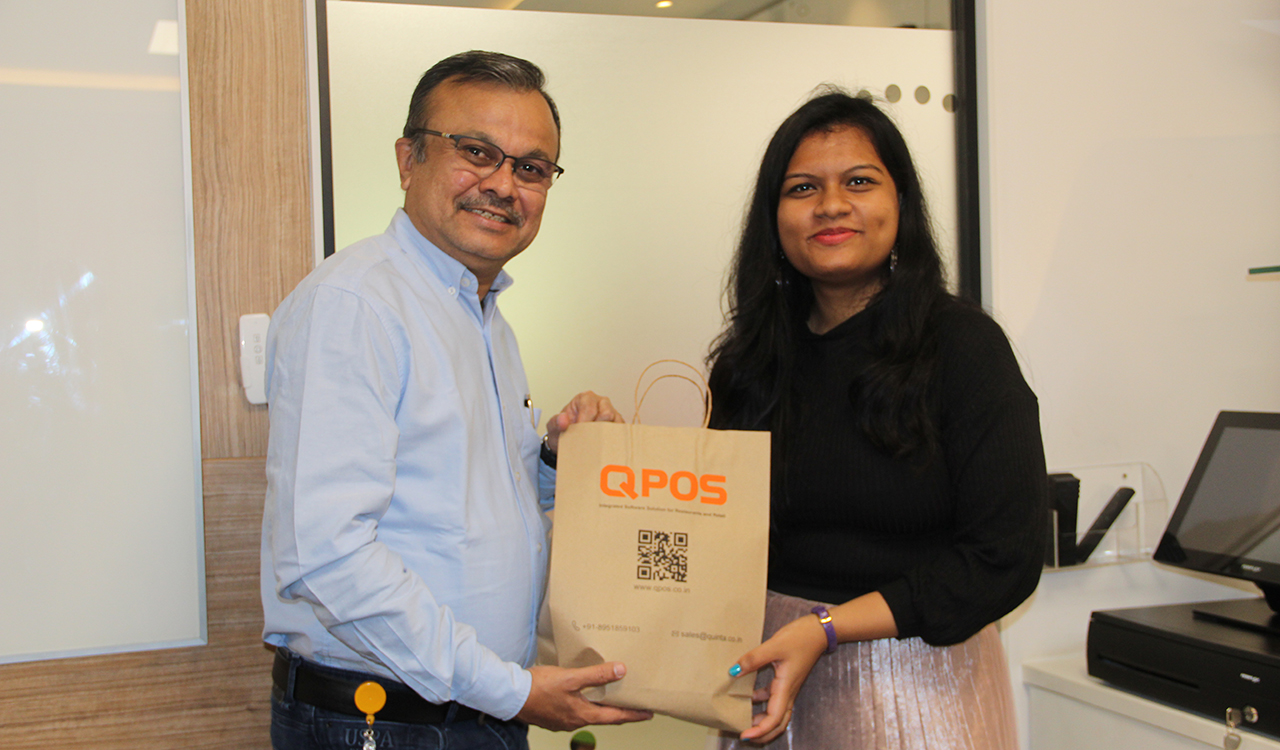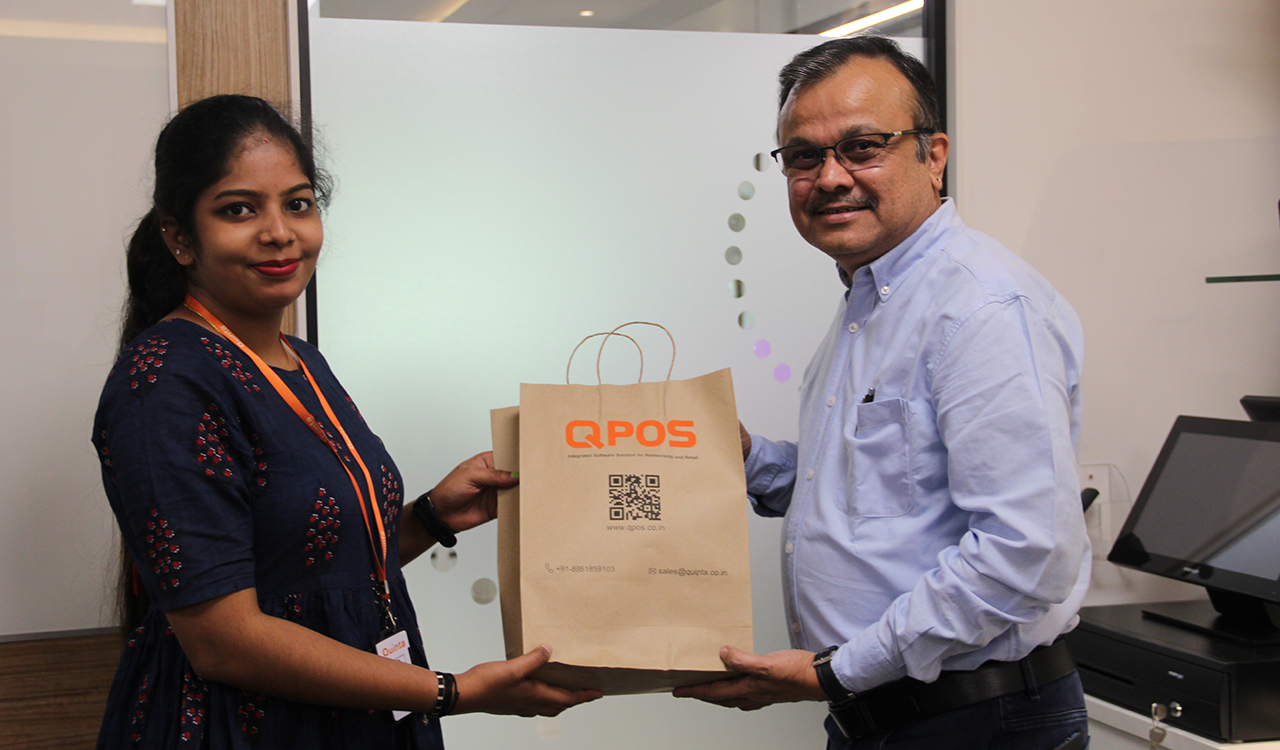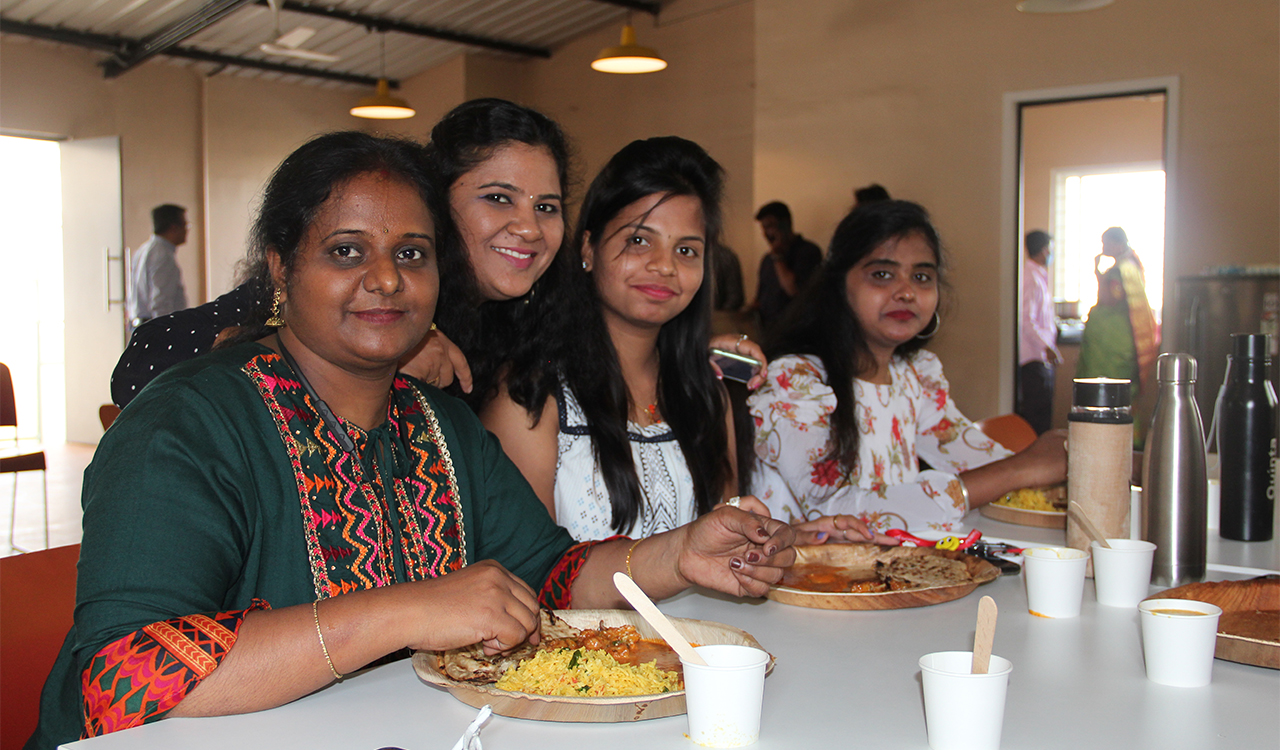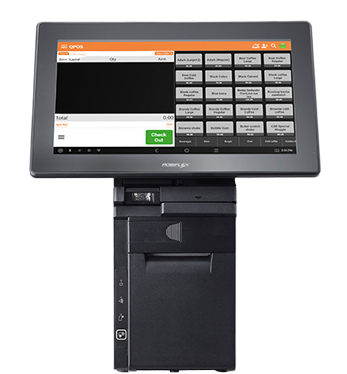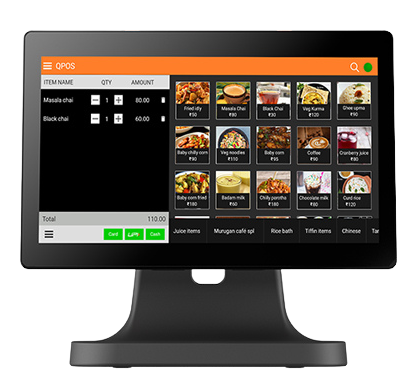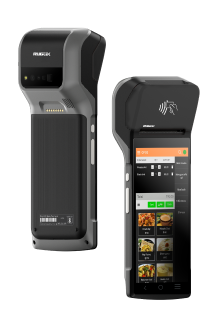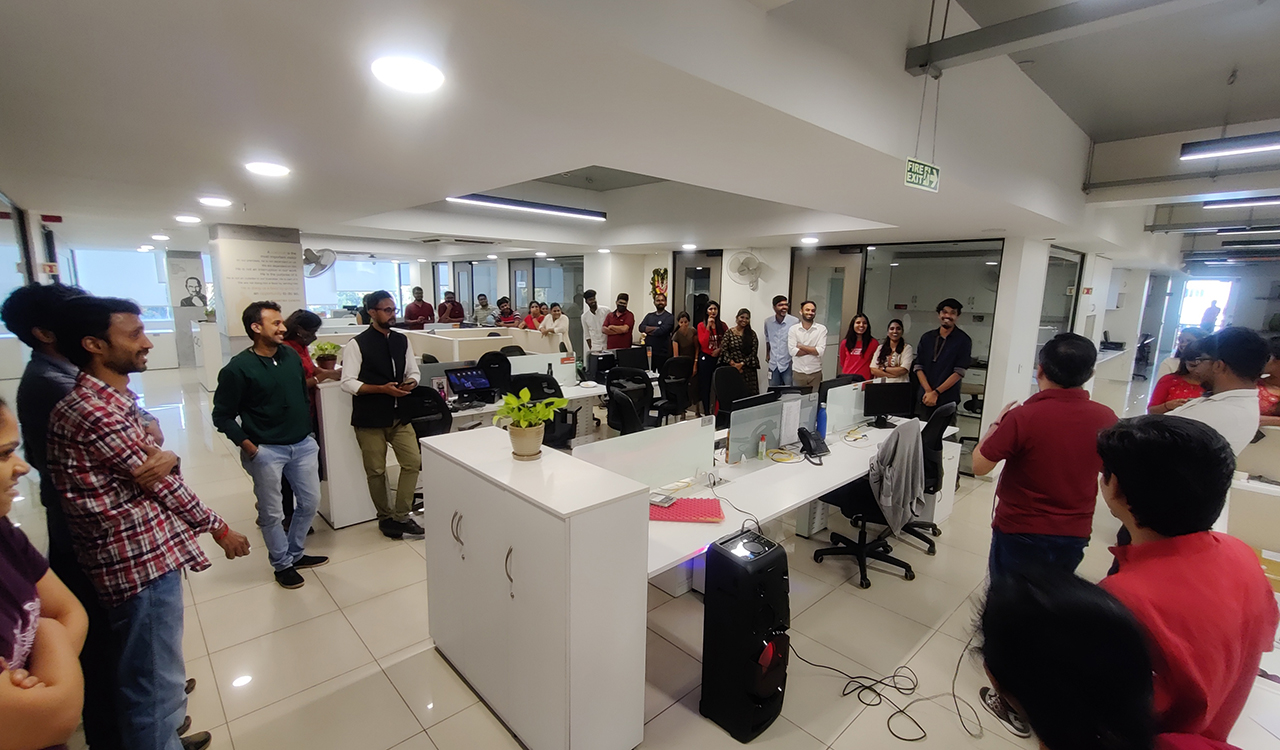What is the Concept of Cloud Kitchen?
In recent years, the food industry has undergone a significant transformation. One of the most fascinating developments in this space is the emergence of cloud kitchens. If you’ve heard the term but aren’t quite sure what it means, this blog post is here to demystify the concept of cloud kitchens.
What Is a Cloud Kitchen?
A cloud kitchen, also known as a ghost kitchen, virtual kitchen, or dark kitchen, is a culinary concept that has gained immense popularity in the digital age. Unlike traditional restaurants, cloud kitchens operate only in the virtual mode, with no physical storefront for customers to dine in. Instead, they focus entirely on preparing and delivering food to customers’ doorsteps.
Key Components of a Cloud Kitchen:
Location:
Cloud kitchens are typically strategically located in areas with high demand for food delivery services. These locations are chosen based on factors such as proximity to target customers, ease of delivery, and cost-effectiveness.
Online Presence:
Cloud kitchens heavily rely on online platforms and food delivery apps to reach their customer base. They establish a strong online presence through websites, mobile apps, and partnerships with third-party delivery services like Zomato, Swiggy, or QuGoMeta (within Bangalore).
Multiple Brands:
Many cloud kitchens operate multiple virtual restaurant brands out of the same kitchen space. For instance, a single cloud kitchen might prepare Italian cuisine under one brand name and offer burgers and fries under another. This variation allows them to provide to a wider range of tastes and preferences.
Streamlined Operations:
Cloud kitchens are designed for efficiency. They often have smaller kitchen spaces compared to traditional restaurants, as they don’t require dining areas. This streamlining of operations can lead to cost savings and faster food preparation times.
Data-Driven Insights:
POS systems in cloud kitchens collect valuable customer data, including order history, preferences, and contact information. This data can be leveraged for marketing campaigns, loyalty programs, and personalized promotions to enhance customer engagement and retention.
Benefits of Cloud Kitchens:
Cost-Efficiency:
Cloud kitchens eliminate the need for costly restaurant real estate, saving on rent and maintenance expenses.
Flexibility:
Cloud kitchens can quickly adapt and experiment with different cuisines and menu items, allowing them to stay in tune with ever-changing food trends.
Wider Reach:
By partnering with food delivery apps, cloud kitchens can reach a broader customer base than traditional restaurants limited by their physical location.
Lower Entry Barriers:
Starting a cloud kitchen can be more accessible and affordable for aspiring restaurateurs compared to opening a traditional restaurant.
Reduced Overheads:
With fewer staff and no front-of-house operations, cloud kitchens can keep their operational costs low.
In conclusion, the concept of cloud kitchens represents a significant shift in the way we think about dining and food service. While it’s not a replacement for traditional restaurants, cloud kitchens offer a flexible and cost-effective way for entrepreneurs to enter the food industry and cater to the evolving preferences of modern consumers. As technology continues to shape our culinary landscape, cloud kitchens are likely to play an increasingly prominent role in the future of dining.
To get the Cloud kitchen software demo, Contact us now!
Posted on : 03-10-2023

